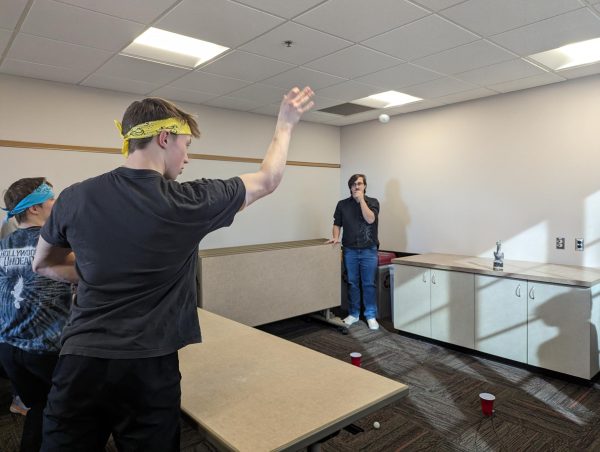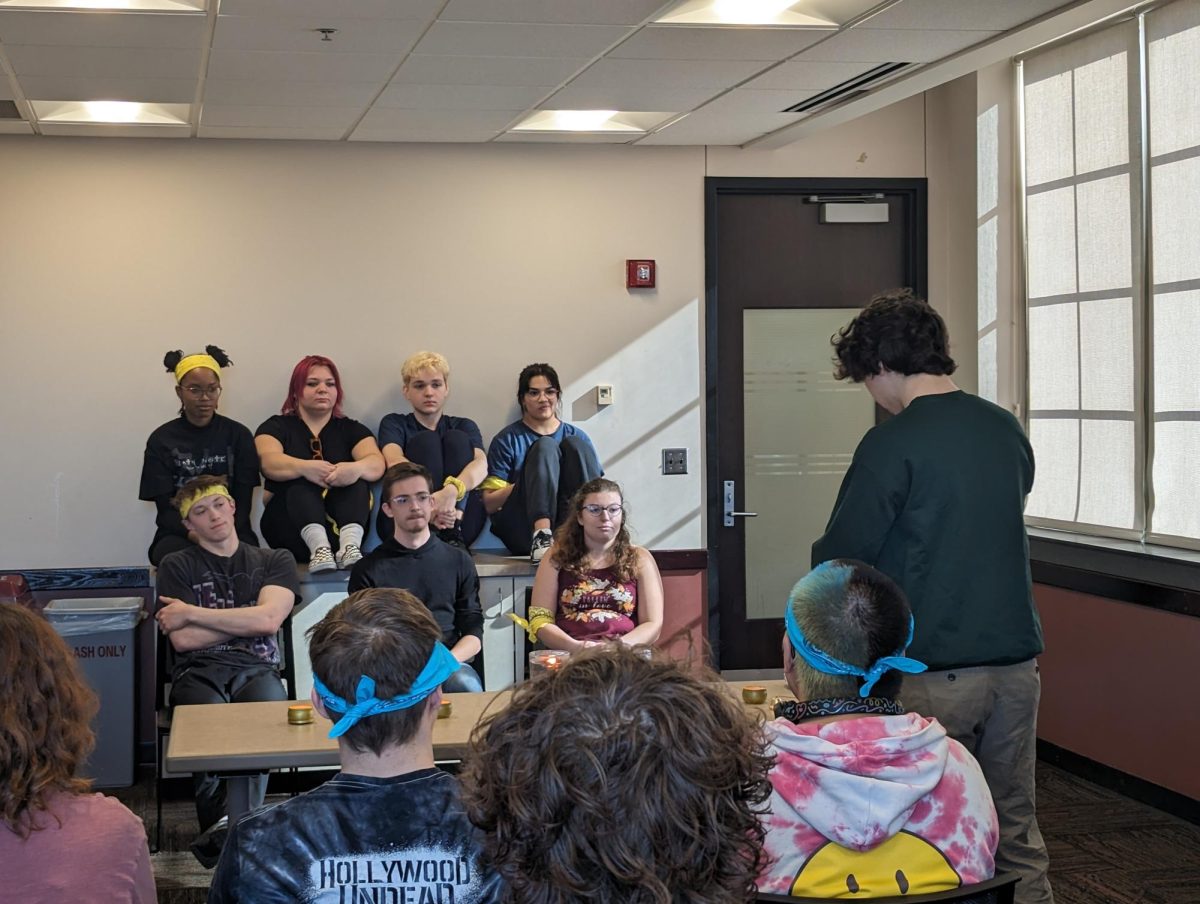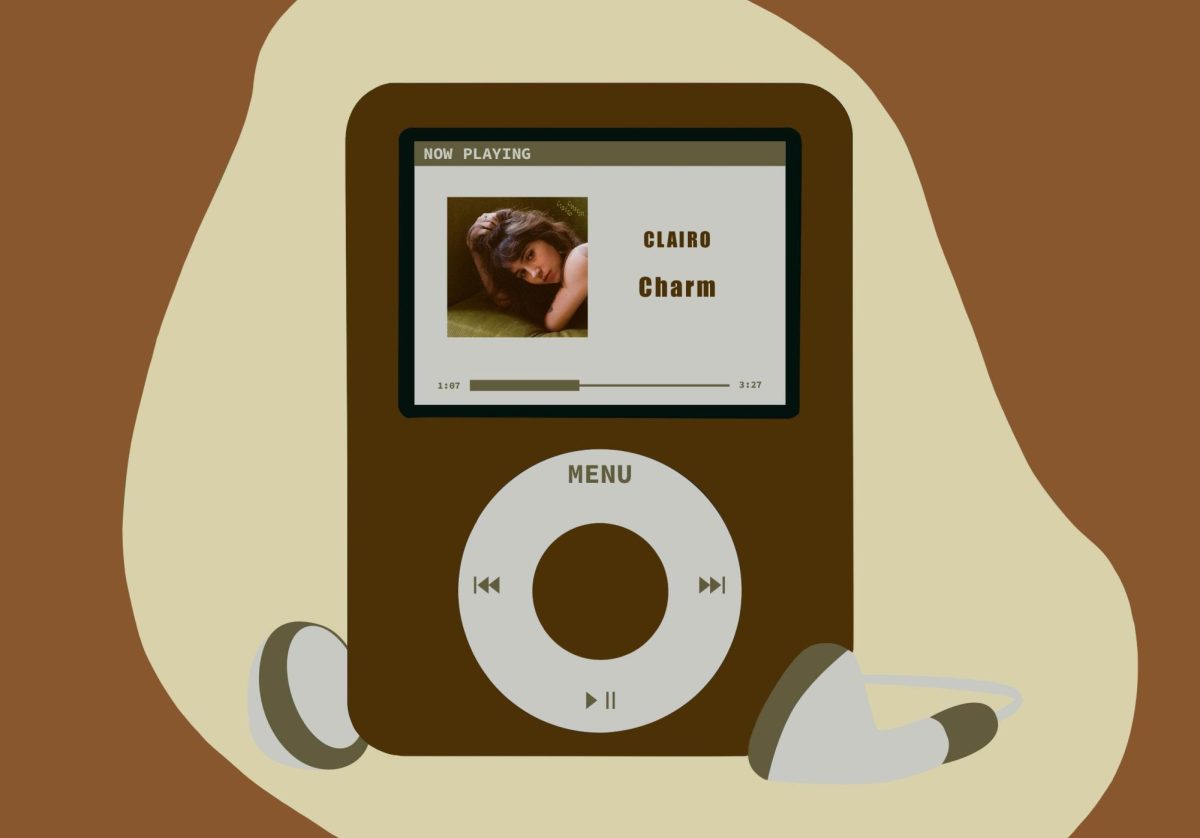The back corner of the Coffman Memorial Union’s third floor is, to the outside observer, an unassuming conference room surrounded by lounges and other meeting spaces.
However on Sunday afternoons, dozens of students gather, phone cameras in hand and donning bandanas (called “buffs”), to participate in Survivor Twin Cities. The goal? To make a fully student-produced season of the cult-classic reality television show “Survivor.”
The student-run competition, now in its fourth season, had humble beginnings when Eidan Silver, a now-graduate of the University of Minnesota and the founder of Survivor Twin Cities, wanted to make friends and texted his entire dorm floor in Middlebrook Hall.
“I was like, ‘Hey, do you want to figure out how to play a game of ‘Survivor?’’ That was Survivor Twin Cities season zero, because we didn’t film it,” Silver said. “Now I’ve met a lot of my closest friends through that process.”
Later, in 2022, Silver decided to turn this idea into a full-fledged University club. In the future, he hopes to expand Survivor Twin Cities’ reach beyond the college campus.
Each season of Survivor Twin Cities lasts the entire semester and starts with 16 players, who slowly get voted off as the weeks go on. Each player is placed on one of two tribes, the Zorro Tribe and Adelaar Tribe, and compete in physical and mental challenges. Through these challenges, each team tries to earn immunity, which prevents them from getting voted off for that week, according to Tyler Karle, a second-year student and president of the group.
Challenges in the competition range from relay races to Connect 4 to endurance challenges. This week, however, they had a multi-day challenge where competitors had to complete more tasks, each worth varying amounts of points, than the opposing team. Lower-point tasks include navigating the Gopher Way tunnels and skipping across the Washington Avenue Bridge, while higher-point tasks include getting a Survivor Twin Cities tattoo and shaving one’s head bald.
Survivor Twin Cities is filmed completely by the crew and competitors. At the end of the season, all of the videos are used to create a series of episodes that are posted to their YouTube channel, Karle said.
In total, it takes about a year to produce and post the entire project, according to Karle.

“[Competitors] film any in-person interactions or virtual interactions they have,” Karle said. “They film themselves hunting for immunity idols, and eventually they will post those into their Google Drive folders and we take that footage and edit it together into a full show for YouTube.”
The majority of the crew has little filming and editing experience, but they try to keep the final product as close to “Survivor” as possible by incorporating confessionals and suspense during the show, Karle added.
Similar to the show, the players tend to take different approaches to competing in Survivor Twin Cities, which further contributes to its reality television-esque appearance, Karle said.
“Everyone takes a different approach to the game because it’s a social game first and foremost,” Karle said. “Everyone kind of takes their own approach to it and a lot of different strategies have worked in the past and so some people will play crazy characters every week and some people will be a little more chill.”
Tyris Lee, a second-year student and member of the Zorro Tribe, tends to take a more laid-back approach to the show in comparison to his fellow competitors. He said he is competing mainly to take part in a fun extracurricular amid a busy 20-credit semester.
Lee appreciates the community aspect of Survivor Twin Cities and likes having a place he can go on campus that isn’t strictly related to academics.
“I think it’s important to have communities like this on campus because it kind of shows the other side of academics where it’s not just focused on readings and physical academics but a bit more the social side of it,” Lee said.
Stories like Lee’s are a major reason why Silver started the club in the first place and continues to stay involved despite having graduated last spring.
Seeing the growth of Survivor Twin Cities has been incredibly gratifying for Silver. He said college can be an isolating time in students’ lives, and clubs like Survivor Twin Cities help people step outside of their comfort zone, make friends and create a community for themselves.
“When you get down to what actually makes people happy, having friends can’t be secondary,” Silver said. “These clubs, I think, force it to the top of people’s minds, especially in a format like ‘Survivor.’”

















